- About us
- Support the Gallery
- Venue hire
- Publications
- Research library
- Organisation chart
- Employment
- Contact us
- Make a booking
- Onsite programs
- Online programs
- School visit information
- Learning resources
- Little Darlings
- Professional learning
Gilbert Eric Douglas (1902–1970), pilot and air force officer, took part in Sir Douglas Mawson's British, Australian and New Zealand Antarctic Research Expedition (BANZARE), which took the form of two ocean voyages conducted over the southern summers of 1929–30 and 1930–31. Melbourne- born, Douglas joined the Australian Air Corps in 1920 and transferred to the RAAF in 1921. He graduated as a Sergeant Pilot in 1927. In April 1929, he flew to the Northern Territory as part of a team looking for the crew of a plane called the Kookaburra, which had crashed while itself taking part in a search for aviators Charles Kingsford Smith and Charles Ulm. Douglas was recommended for the Air Force Medal for his part in the mission and later the same year was seconded to take part in the BANZARE voyages. Along with aviator Stuart Campbell, Douglas – and the Gypsy Moth seaplane he referred to as 'our machine' – played a significant role in the expedition's scientific and exploratory activities, flying ahead of expedition ship Discovery to identify routes through the pack ice, identifying sites for landings, and making 'flights for photographs – both cine and still' with official photographer Frank Hurley and his thirty-pound cinema camera. In a paper published in 1932, Mawson acknowledged that 'the aeroplane proved a most important factor in the prosecution of the geographical program. Its successful operation, at times under most difficult conditions, [owed] everything to the determination and skill of Campbell and Douglas'. In 1935 Douglas returned to Antarctica to search for the missing American explorer Lincoln Ellsworth and his pilot Herbert Hollick-Kenyon. Awarded the Polar Medal and Bar for his part in the BANZARE expedition, Douglas joined the navy's Department of Air Maintenance and Research in 1949.
Best known for his dramatic, heroic images of Antarctic ice and seascapes, Douglas's colleague Frank Hurley also took many photographs depicting his shipmates and their daily activities. This informal portrait of Eric Douglas – who considered Hurley 'a great chap to be away with' – depicts him on the deck of Discovery and clad in his expedition-issue woollen socks, jumper and beanie. 'You don't worry what you look like or how you dress', Douglas wrote, 'and I think a spell like this does us all good'. The photograph was donated to the National Portrait Gallery by the subject's daughter in 2009.
Gift of Sally Douglas 2009
Sally Douglas (3 portraits)



On one level The Companion talks about the most famous and frontline Australians, but on another it tells us about ourselves.
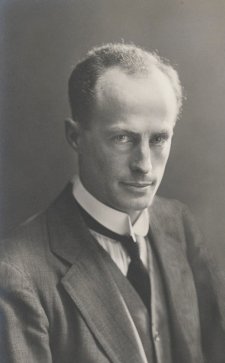
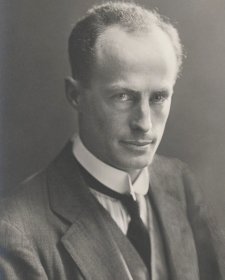
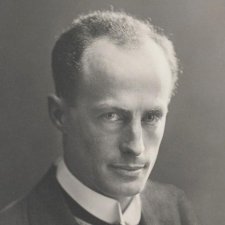
14 July 2020
Joanna Gilmour brings a mindful Douglas Mawson’s perspective to bear on the concept of isolation.
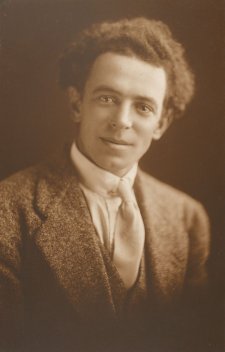
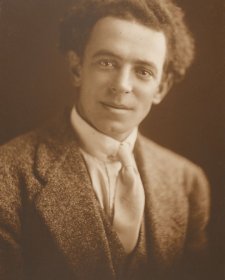
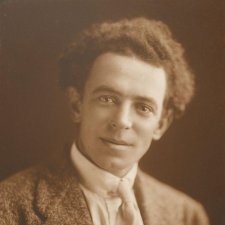
Frank Hurley's celebrated images document the heroism and minutiae of Australian exploration in Antarctica.